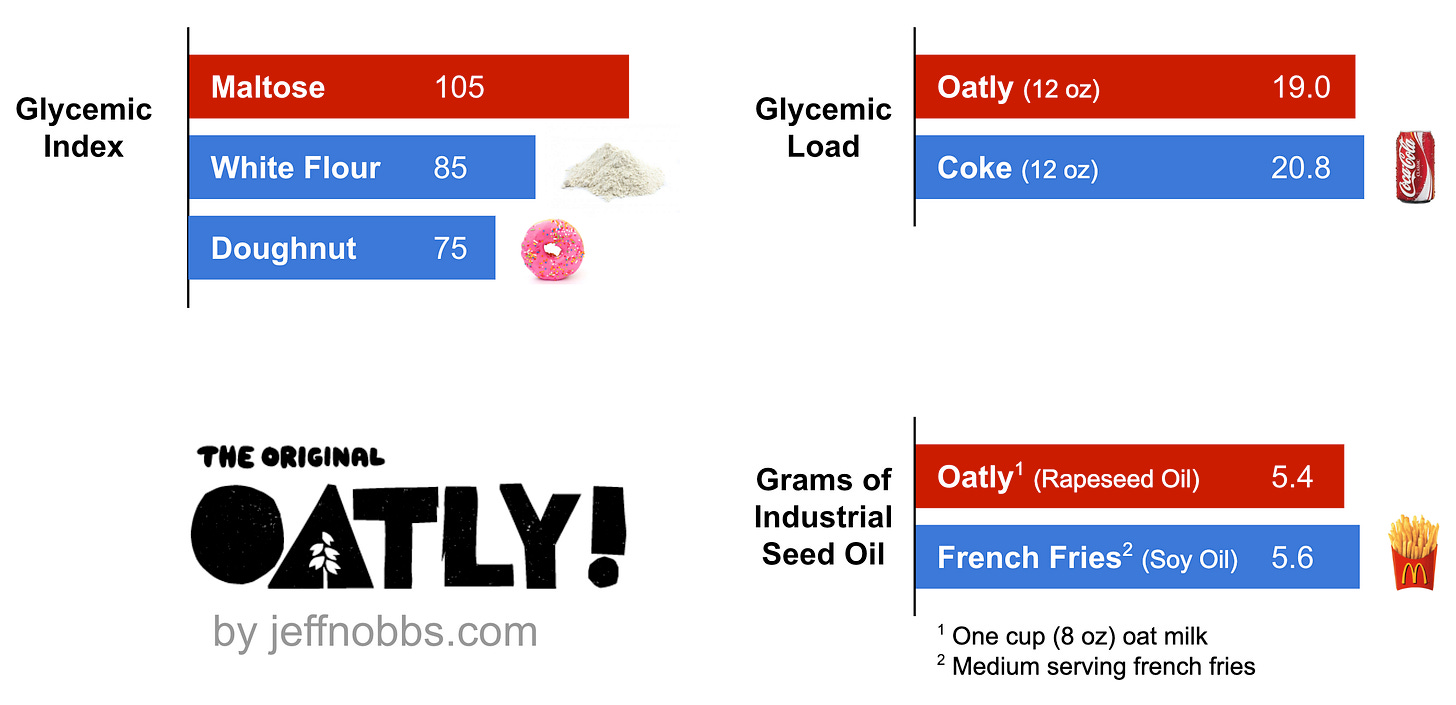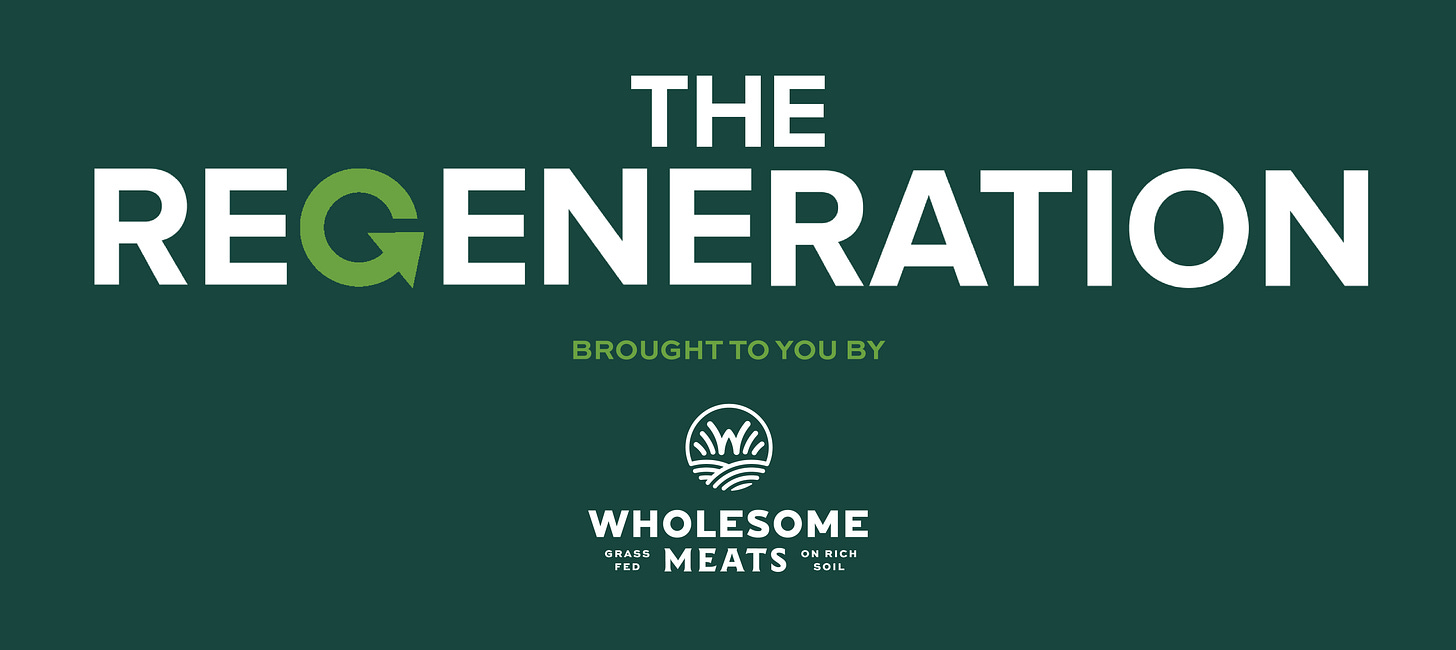🥛 Pasture-raised dairy: The ultimate planet-friendly milk
Welcome back to The Regeneration Weekly, a newsletter delivering regenerative food and agriculture news to your inbox every Friday. Not a subscriber yet?
Progress: Across the world, humans have relied on animal milk as a source of nutrients for at least 6,000 years. But today, the US dairy sector has fallen into a crisis. Over the last thirty years, more than 94,000 family dairy farms closed their doors at a rate of 10 per day. And between 2003 and 2019, the number of farms licensed to sell milk fell more than 50 percent, from 70,000 to 34,000. The razor-thin margin between production costs and the selling price for cow's milk is no longer large enough to make a living, especially when dairy farms consolidate into large, vertically integrated operations that dominate 90 percent of the industry. At the same time, dairy producers large and small are grappling with another serious threat to the sector: changing consumer tastes and preferences. Between 1975 and 2019, fluid dairy milk consumption has precipitously decreased by nearly 43 percent. Meanwhile, plant-based milk alternatives continue to expand across US supermarket shelves with sales rising by 61 percent between 2012 and 2017, reaching $2.95 billion in 2020. While cow’s milk is still the most popular according to retail sales, fluid dairy milk sales in the US are down 5.4 percent year to date.
Contrary to what Oatly and other plant-based brands want consumers to believe, upending the dairy industry will not resolve our climate crisis. In actuality, a team of researchers from Virginia Tech and the US Department of Agriculture (USDA) recently released a report revealing that if America were to remove all dairy cows, total US greenhouse gas emissions (GHG) would decrease by a mere 0.7 percent while drastically reducing the supply of essential nutrients that milk provides - e.g., calcium, vitamin D, B12, riboflavin, and alpha-linolenic acid. Not included in this study are the “downstream” effects of displacing dairy farms; when local dairy operations shutter, they take with them carbon-sequestering grazing lands, habitat for wildlife species, and rural communities financially dependent on local agriculture. And while faux milk brands position their products as “engineered” to solve the world’s most pressing environmental and societal problems, each iteration comes with its own negative externalities.
The pressure to meet the global demand for coconuts, which grow in the Philippines, Indonesia, and India, is causing the exploitation of workers and the destruction of tropical rainforests. In the process of making rice milk, bacteria breeding in rice paddies emits methane into the atmosphere - equal to 1.5 percent of total global greenhouse gas emissions. Across the globe, monocultures full of soybeans and oats are sprayed with obscene amounts of chemicals. And a single glass of almond milk requires 130 pints of water to produce; concentrated almost entirely in the arid Central Valley, California’s $11B almond industry now blankets an area the size of Delaware. And as the drought-stricken state’s almond industry continues to expand rapidly - bees are consequently overworked. The heightened pressure, paired with exposure to toxic pesticides, has led to more than one-third of the almond-pollinating bees dying by the season’s end. In reality, these processed alternatives deliver false “solutions” without actually changing much of what causes the underlying problems, including:
Industrialization: We agree that massive commodity dairy operations should alarm consumers. But even though plant-based milk appears to offer an alternative to industrial agriculture, a majority of these products are produced and distributed by a small handful of powerful corporations - backed by private equity, venture capitalists, and celebrities looking to make a return. And similar to plant-based meat, faux milk companies artfully obfuscate the global supply chains and manufacturing processes that enable their products to look and taste like the real thing. In reality, these companies are guilty of sourcing a portion of their ingredients from large US monoculture farmers and importing the rest from other countries - i.e., the Philippines, Africa, and Vietnam. And while cows burp up methane, a potent but shorter-lived greenhouse gas, emissions from plant-based milk (derived from transportation and industry) are almost all carbon dioxide (CO₂) and nitrous oxide (N₂O), which are far more destructive to the atmosphere.

Nutrition: To appear superior to cow’s milk, plant-based dairy companies place a priority on formulating nutrition labels with fewer calories, more protein, less fat, etc. However, scientific evidence suggests that cow’s milk possesses more beneficial nutrients and bioactive components than artificially manufactured non-dairy substitutes. These proxies are typically produced by soaking legumes, nuts, grains, or other key ingredients and then pressing or straining the liquid. During the final formulation, water, flavors, vitamins, and minerals are added. The amount of fat is adjusted depending on the “milk” source. And to make plant-based milk more palatable, manufacturers will often add sugars in the form of cane sugar or rice syrup. And thickeners or stabilizers are added as needed. The belief that plant-based milk is healthier than the real thing is reminiscent of consumers naively buying margarine to avoid the saturated fat in butter.
Before broadly demonizing animal agriculture, we must acknowledge how the US dairy industry is making strides to improve its footprint. In 2017, due to increasingly modern and innovative practices, the environmental impact of producing a gallon of milk shrunk notably - requiring 30 percent less water and 21 percent less land than it did in 2007. Moreover, the new Net Zero Initiative (NZI) is an industry-wide effort charting US dairy farms of all sizes and on course to become carbon neutral by 2050; the campaign has four key areas of focus - feed production, manure management, cow care and efficiency, and on-farm energy efficiency. By implementing new technologies, like dairy digesters, which are now operating across the US, dairy farmers can break down solid waste into biogas. Thus, to many critics' surprise, the methane emitted by livestock manure can actually help dairies operate climate-neutral while simultaneously producing value-added resources that can power vehicles, generate electricity, heat homes, or be used as renewable natural gas.
Overall, it is clear that industrial food production has negative impacts on the health of people, animals, and the planet. With this in mind, we must continue to support initiatives like Grassland 2.0, which is working to catalyze a shift towards pasture-based milk production dependent on perennial grassland instead of grain. In doing so, eco-friendly consumers can feel good enjoying real plant-based milk, which comes from cows fed a 100 percent forage-based diet. Not only does grass-fed whole milk have 147 percent more omega-3 fatty acids than conventional milk, but it is also derived from natural farming systems that can counteract extractive agriculture, regenerate ecosystems, and elevate struggling rural communities.
Watch: On Earth Day, April 22, a new documentary video called “Cows Changing Climate” was released. One might expect that this is yet another in a long line of attacks on animal agriculture as major contributors to our climate crisis. Instead, Austin Allred of Royal Dairy uses the film to demonstrate how cows can be an important tool to bolster climate resiliency.
Shop: Instead of highlighting a new brand this week, we thought it was appropriate to shine the spotlight on a few companies pushing the dairy industry in the right direction. Founded in 2019, Neutral recently started the process of evaluating emissions-reduction projects with their first group of dairy farmers in the Pacific Northwest. These farmers, who also supply them with organic, pasture-raised milk and half & half - and who are already sustainability pioneers - produce lower-carbon footprint milk and cream. Neutral’s products are available in Portland, Oregon (its hometown), Seattle (Met Market), and nationally later this year. It's also available to residents of Oregon and Washington through Imperfect Foods. And for those who are A1 intolerant, we highly recommend Alexandre Family Farm and ORIGIN for A2 milk. Both companies are regenerative organic certified, which means they put a priority on the health of their ecosystem – from the organic matter in the soil to their cows and the wildlife around them.
Disclaimer: The Regeneration Weekly receives no compensation or kickbacks for brand features - we are simply showcasing great new regenerative products.
The Regeneration is brought to you by Wholesome Meats | Soilworks | PastureMap.




